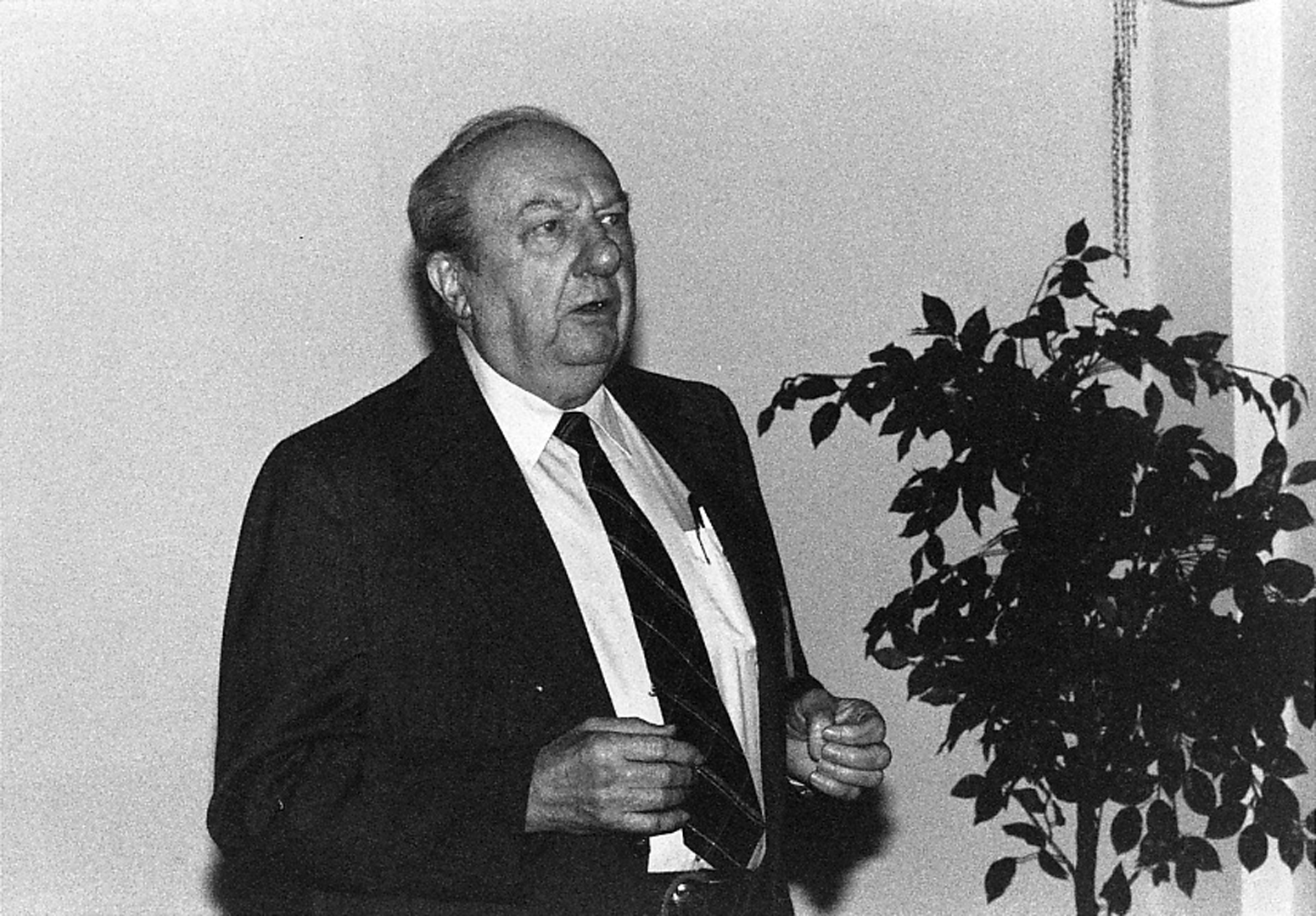Methods of Music Visualization
Symposium:
Presentation Title:
- Methods of Music Visualization
Presenter(s):
Venue(s):
Abstract:
ABSTRACT
In the XX-th century means of audio-visual communication in art were considerably renewed. Before when man used only ‘natural’ means of communication, his functions were restricted to both set of instruments control and supply it with his own (mechanical) energy. Having mastered the audio-visual means of ‘artificial origin’ man became free from power functions for they were provided by external (electric) energy source. His actions at the moment were completely focused on the control only. In accord with it the flow diagram of an audio-visual system becomes more complicated. It includes a man (M) who acts as an operator in both light and music channels, control panel (CP), control unit (CU), power amplification unit (PAU) and output unit (OU). Analysis of possible interactions between the corresponding components of these channels reveals in principles of their synchronization the hierarchy as follows:
- 1) Physical sound visualization in OU (Lissajou’s, Chladni’s figures etc.);
- 2) Power amplification units (PAU) merging (the psychedelic light-music devices);
- 3) Automatic synthesis of light and music according to a definite program put. in CU functions;
- 4) Synchronical music accompaniment with sound by means of CP;
- 5) Synthesis on the human level.
Accordingly, the high artistic value extend is steadily growing, reaching in its limit the creature of the original light-music works by an artist-man who can just use audio-visual polyphony ways for it.





